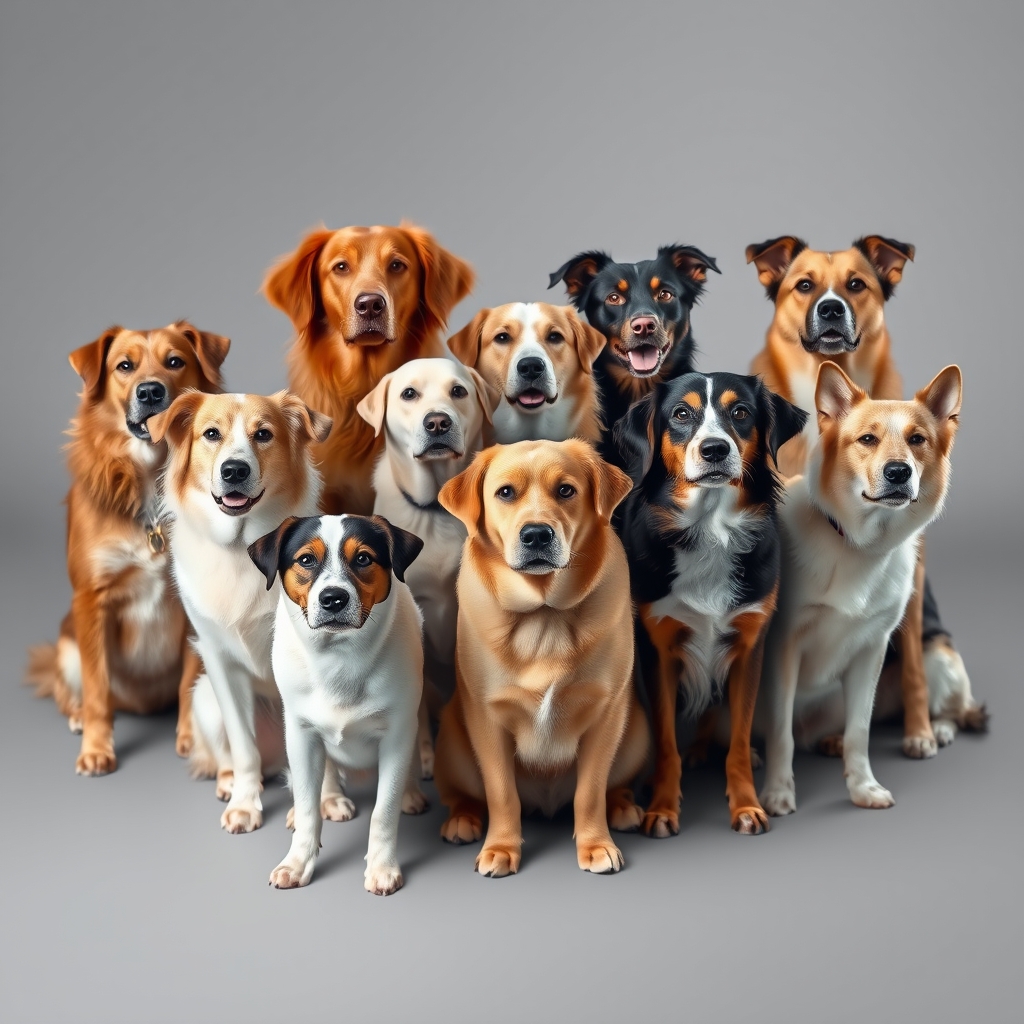Pet Breed Recognition API vs Dog Breed Classification API: What to Choose?

In the world of pet technology, APIs play a crucial role in enhancing user experiences and providing valuable insights into pet breeds. Two prominent APIs in this domain are the Pet Breed Recognition API and the Dog Breed Classification API. Both APIs leverage advanced machine learning algorithms to identify and classify pet breeds from images, but they cater to slightly different needs and use cases. In this blog post, we will delve into a detailed comparison of these two APIs, exploring their features, performance, scalability, and ideal use cases.
Overview of Both APIs
The Pet Breed Recognition API is designed to recognize and classify domestic pet breeds, including both dogs and cats. Utilizing sophisticated AI-based visual analysis, this API examines various features such as fur patterns, facial structures, and body morphology to deliver accurate breed identification. This service is particularly beneficial for veterinary clinics, pet adoption agencies, breeders, and pet enthusiasts who seek to understand breed-specific characteristics and care requirements.
On the other hand, the Dog Breed Classification API focuses specifically on recognizing dog breeds from images. It employs a well-trained machine learning algorithm that can identify different dog breeds present in a given picture. This API is particularly useful for businesses with large image databases that require classification by breed, enabling them to sort and manage their data effectively.
Side-by-Side Feature Comparison
Pet Breed Recognition API Features
One of the key features of the Pet Breed Recognition API is its ability to detect pets. This feature allows users to submit an image URL, and the API will analyze the image to identify the breed of the pet. The response includes a label indicating the breed and a confidence score that reflects the accuracy of the identification.
{"success":true,"image_url":"https://encrypted-tbn0.gstatic.com/images?q=tbn:ANd9GcQqFqSGu35kbVqLXJXC-dC4TGmEvtZpFTfl2g&s","output":[{"label":"Beagle","score":0.98}]}In this example response, the API successfully identifies the breed as "Beagle" with a confidence score of 0.98, indicating a high level of certainty in its classification.
Dog Breed Classification API Features
The Dog Breed Classification API offers a similar feature called Classificate. This feature allows users to recognize the breed of a dog in a picture by providing an image URL. The API returns a list of possible breeds along with their respective confidence scores.
{"image_url":"https://d.uguu.se/KeWSNkJd.jpg","output":[{"label":"French_bulldog","score":0.9991027116775513},{"label":"bull_mastiff","score":0.9785714745521545},{"label":"pug","score":0.9161818623542786},{"label":"boxer","score":0.8688181638717651},{"label":"Staffordshire_bullterrier","score":0.8582846522331238}]}In this response, the API identifies multiple breeds with varying confidence scores, allowing users to understand the likelihood of each breed being present in the image.
Example Use Cases for Each API
The Pet Breed Recognition API is ideal for veterinary clinics that want to provide pet owners with detailed information about their pets' breeds. By integrating this API, clinics can enhance their services by offering breed-specific care recommendations and health insights. Additionally, pet adoption agencies can use this API to help potential adopters understand the characteristics and needs of different breeds, facilitating informed decisions.
Conversely, the Dog Breed Classification API is particularly beneficial for businesses with extensive image databases, such as pet e-commerce platforms or dog training services. By utilizing this API, these businesses can automatically classify and sort images by breed, improving user experience and enabling better organization of their content. Furthermore, this API can assist in creating breed-specific marketing campaigns by identifying popular breeds among their customer base.
Performance and Scalability Analysis
When it comes to performance, both APIs are designed to handle a significant volume of requests efficiently. The Pet Breed Recognition API employs advanced machine learning models that are optimized for quick image analysis, ensuring that users receive timely responses. This is particularly important for applications in veterinary clinics where quick identification can lead to better care.
The Dog Breed Classification API also demonstrates robust performance, with its well-trained algorithm capable of processing multiple images simultaneously. This scalability makes it suitable for businesses that require high throughput, such as those managing large databases of pet images.
Pros and Cons of Each API
Pet Breed Recognition API
Pros:
- Comprehensive breed recognition for both dogs and cats.
- High accuracy in breed identification due to advanced machine learning models.
- Useful for a variety of applications, including veterinary care and pet adoption.
Cons:
- May not be as specialized for dog breeds compared to dedicated dog breed APIs.
- Limited to domestic pets, which may not suit all use cases.
Dog Breed Classification API
Pros:
- Highly specialized for dog breed recognition, providing detailed classifications.
- Efficient for businesses with large image databases needing breed sorting.
- Multiple breed identification in a single image enhances usability.
Cons:
- Limited to dog breeds, which may not be suitable for applications involving other pets.
- Less comprehensive in terms of providing breed-specific care information.
Final Recommendation
Choosing between the Pet Breed Recognition API and the Dog Breed Classification API ultimately depends on the specific needs of your application. If your focus is on a broader range of domestic pets and you require detailed breed information for both dogs and cats, the Pet Breed Recognition API is the better choice. Its comprehensive capabilities make it suitable for veterinary clinics and pet adoption agencies.
However, if your primary goal is to classify and manage a large database of dog images, the Dog Breed Classification API is the ideal solution. Its specialized focus on dog breeds allows for more accurate and efficient classification, making it perfect for businesses in the pet industry that need to organize their content effectively.
In conclusion, both APIs offer valuable functionalities that cater to different aspects of pet breed recognition. By understanding their strengths and weaknesses, developers can make informed decisions that align with their project requirements.
Want to try the Pet Breed Recognition API? Check out the API documentation to get started.
Want to use the Dog Breed Classification API in production? Visit the developer docs for complete API reference.





